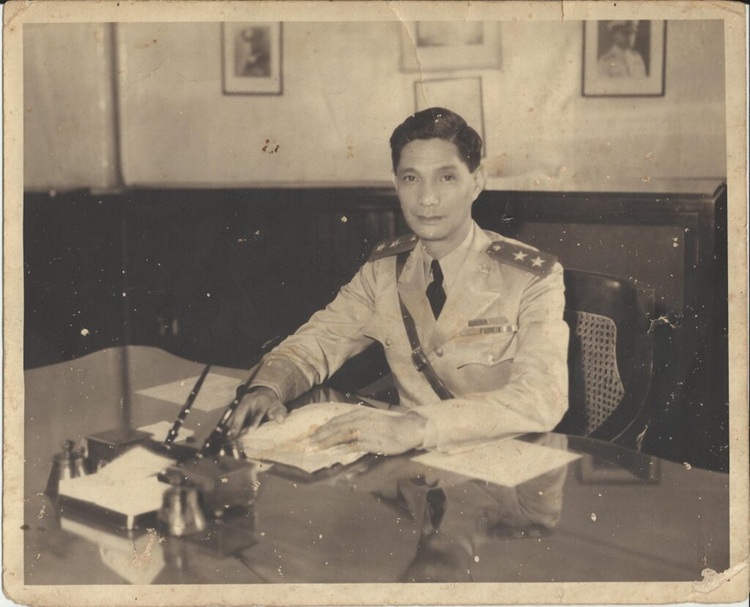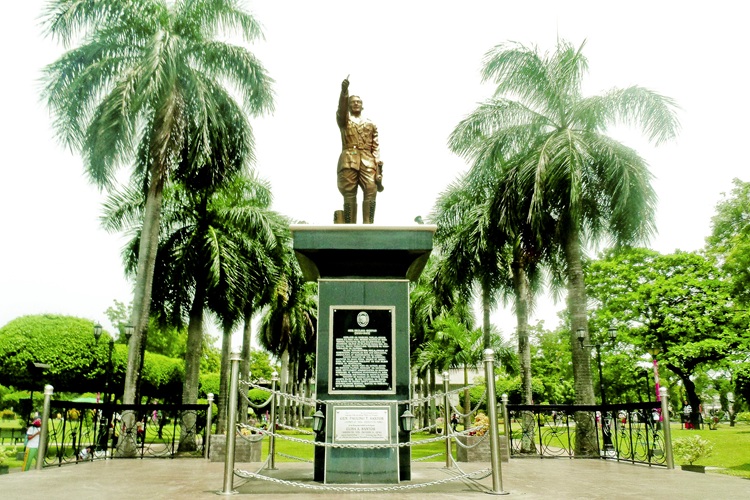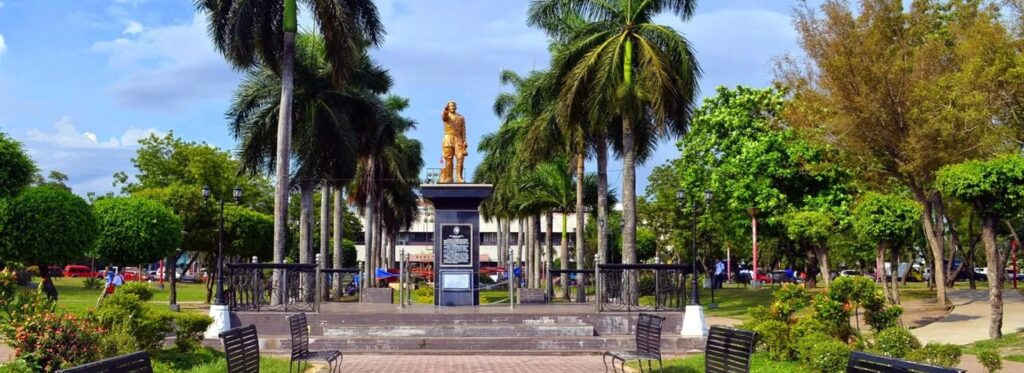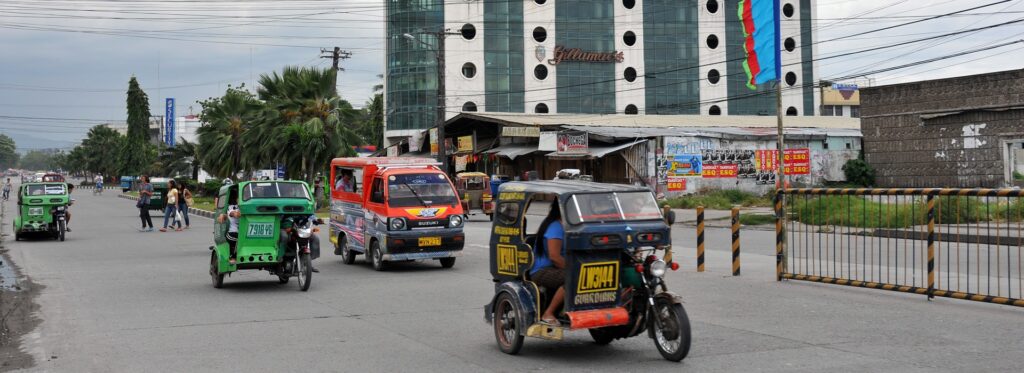Early Life of General Paulino Santos
Paulino Torres Santos was born on June 22, 1890, in Camiling, Tarlac, a town in the Central Luzon region of the Philippines. He came from a humble family, which instilled in him the values of discipline, hard work, and service to others from an early age.
At just 16 years old, Santos began working as a municipal teacher. Teaching at such a young age demonstrates his early maturity, dedication to public service, and intellectual capability. This experience also gave him insight into community needs and the importance of education—lessons he would later apply in his resettlement and community development projects.
Military Career of General Paulino Santos

Paulino Santos began his military journey in 1908, when he joined the Philippine Constabulary at the age of 18. He started as a private and quickly demonstrated discipline, intelligence, and leadership, earning promotions over time. His early experience included logistical and supply management, serving as a supply sergeant, which honed his organizational skills.
Recognizing his potential, Santos attended the Constabulary Officers’ School (the precursor to the Philippine Military Academy). He graduated valedictorian, a testament to his dedication and intellect. In 1914, he was commissioned as a 3rd Lieutenant, officially beginning his officer career.
As soldier, Santos was deployed in the Lanao campaign in 1916 fighting Moro rebellion, where he sustained wounds a spear wound, and in the Bayang Cota campaign in 1917, where he was wounded again, but this time by bullets. It was in the latter campaign that he demonstrated extraordinary courage and leadership.
Exposure to frontline combat against Moro resistance has sharpened his tactical skills, leadership, and resilience and also shaped his understanding of the complexities of Mindanao, including the need for community engagement, negotiation, and development alongside military action.
After these encounters, he rapid rose through the ranks included promotions to Second Lieutenant in 1917, Captain in 1918, and Major in 1923
Leadership Roles in the Philippine Army
Over the years, Santos held several high-ranking positions, reflecting his military acumen and administrative skill:
- Chief of Staff of the Philippine Army (1936 – 1938) – As Chief of Staff, he was responsible for overseeing military operations, training, and organizational development.
- Governor of Lanao (1938–1939) – This role combined military and civil authority, giving him experience in governance, conflict resolution, and community administration.
- Director of the Bureau of Prisons (1930–1936) – Although technically a civil position, this role leveraged his military discipline to organize and modernize prison management, including establishing the Davao Penal Colony and relocating Bilibid Prison to Muntinlupa.
General Paulino Santos and Mindanao Resettlement

In 1939, General Paulino Santos was appointed General Manager of the National Land Settlement Administration (NLSA), a government agency tasked with developing underpopulated areas of Mindanao. His work was driven by a dual goal: to promote agricultural productivity and to provide land and opportunities for landless Filipino families.
Objectives of the Resettlement Program
- Agricultural Development – Transform underutilized or forested lands into productive farms.
- Population Redistribution – Relieve overcrowding in Luzon and the Visayas by relocating settlers to Mindanao.
- Community Building – Establish organized settlements with infrastructure, schools, and social services.
- Regional Stability – Promote peaceful coexistence between migrants and indigenous communities.
The Six Major Settlement Districts
Under Santos’ leadership, the NLSA developed six major settlement districts across Mindanao:
- Koronadal Valley / Buayan Area – This area became General Santos City. Santos supervised land surveys, settlement planning, and the relocation of migrant families, creating a thriving agricultural and commercial hub.
- Alá Valle District – Focused on sustainable farming with irrigation, roads, and support services for settlers.
- Davao Settlement Districts – Several areas in Davao Province were organized, providing settlers with land titles, training, and resources to cultivate crops such as corn, coconut, and abaca.
- Agusan Valley Settlements – Developed along the Agusan River, these settlements balanced agriculture and infrastructure to ensure long-term community growth.
- Cotabato Plains Settlements – Santos emphasized coexistence with indigenous groups while developing fertile farmland for migrant settlers.
- Zamboanga Peninsula Settlements – Remote agricultural communities were equipped with schools, clinics, and basic infrastructure to promote self-sufficiency.
Strategies for Successful Resettlement
Santos’ approach combined military discipline with civil planning:
- Land Surveys and Allocation – Careful mapping ensured fair distribution and optimal use of land.
- Infrastructure Development – Roads, irrigation, schools, and clinics were built to support sustainable communities.
- Settler Support – Migrants were provided with tools, agricultural training, and initial provisions to establish farms.
- Conflict Management – Santos worked to prevent disputes with indigenous communities through negotiation and local engagement.
Impact of the Resettlement Efforts
- Thousands of Filipino families were given land ownership and opportunities for livelihoods.
- Mindanao’s agricultural productivity increased significantly, producing corn, coconut, abaca, and other crops.
- The settlements laid the foundation for urban centers, most notably General Santos City, which evolved from the Buayan settlement.
- Santos’ programs demonstrated a model of organized, government-led resettlement that combined social, economic, and cultural considerations.
General Paulino Santos During the Japanese Occupation
During World War II, after Japan occupied the Philippines in 1942, General Paulino Santos found himself in a precarious and complex situation. His actions during this period demonstrated his commitment to protecting civilians and maintaining stability in Mindanao, even under foreign control.
When Japanese forces moved into Mindanao, Santos initially cooperated with the occupiers, but not out of allegiance. His primary goal was to prevent unnecessary bloodshed and protect settlers and indigenous communities in areas such as the Koronadal and Alá Valle Valleys. By working within the constraints imposed by the Japanese, he was able to:
- Minimize violent conflicts in resettlement areas
- Ensure that local communities had access to food and essential resources
- Maintain a degree of order in regions under Japanese control
This strategy reflected Santos’ pragmatic and humanitarian approach: he aimed to safeguard civilian lives while navigating an extremely dangerous political situation.
During the occupation, Santos was appointed Manager and later Commissioner of Mindanao and Sulu under Japanese administrative structures. In this capacity, he:
- Oversaw civil affairs, including settlement administration and local governance
- Attempted to maintain public services and infrastructure despite wartime shortages and Japanese demands
- Worked to protect the settlers and indigenous populations in areas he administered
While these roles technically placed him under Japanese supervision, historical accounts suggest that Santos’ primary loyalty remained with the Filipino people, not the occupying forces.
Capture and Death
As Allied forces began liberating the Philippines in 1945, Santos’ position became increasingly perilous. In January 1945, he was captured by Japanese forces. Despite his high standing and prior cooperation to protect civilians, he was imprisoned and subjected to harsh conditions.
- On August 29, 1945, shortly after the end of the Japanese occupation, Santos died in captivity from pneumonia.
- His death marked the loss of a leader who had spent his life balancing military, administrative, and humanitarian responsibilities in service to his country.
Legacy of Wartime Leadership
Santos’ conduct during the Japanese occupation reflects his strategic pragmatism and moral courage:
- He cooperated tactically to protect civilians, rather than to serve occupiers.
- He used his administrative skills to safeguard settlements and maintain stability in Mindanao.
- His actions preserved the foundations of the communities he had built, including those that would later become General Santos City.
In essence, even under occupation, Santos’ leadership ensured that Mindanao’s settlements survived the war, laying the groundwork for post-war recovery and continued development.

